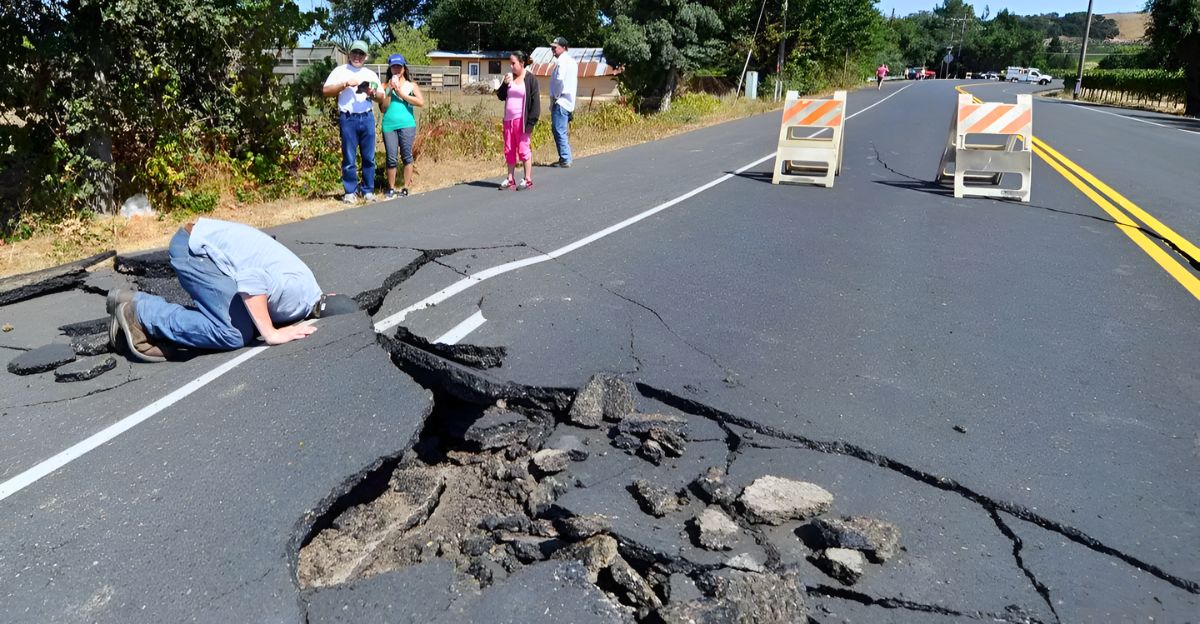
Mount Rainier, Washington’s snowcapped volcano, loomed over the region as seismologists detected an unprecedented swarm of quakes beneath it. Scientists report that hundreds of tiny tremors have rattled the mountain since early Tuesday, marking the largest seismic event at Rainier in over 15 years.
The quakes began around 1:30 a.m. and peaked at roughly 26 per hour, although the strongest has only been magnitude 2.3 — too small to cause any damage. Officials emphasize that Rainier’s alert status remains green. “There is no indication that the level of earthquake activity is cause for concern,” the USGS said.
Why It Happened
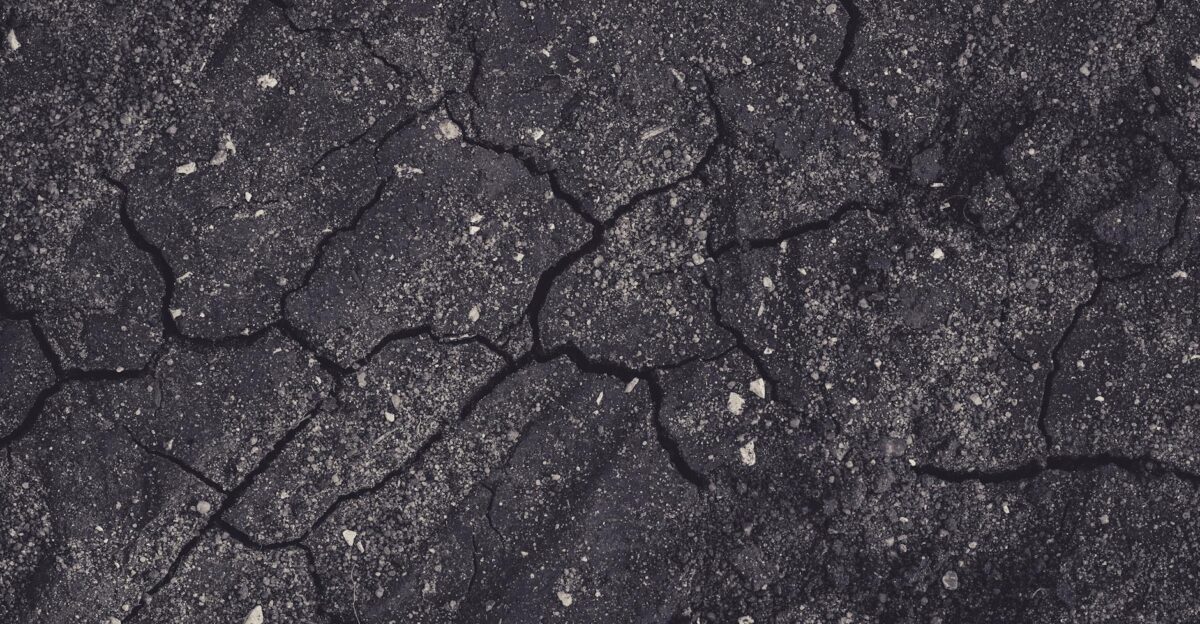
Experts say this earthquake outbreak is driven by deep underground processes, not an imminent eruption. The USGS describes it as an earthquake swarm — a rapid series of jolts in the same area — likely caused by hot fluids circulating through faults beneath the volcano.
Such swarms are not unusual for Rainier: geologists note they typically happen one or two times per year, though normally with far fewer quakes. “Mount Rainier typically sees about nine earthquakes per month,” officials remind the public, adding that swarms like this are background activity.
Local Response
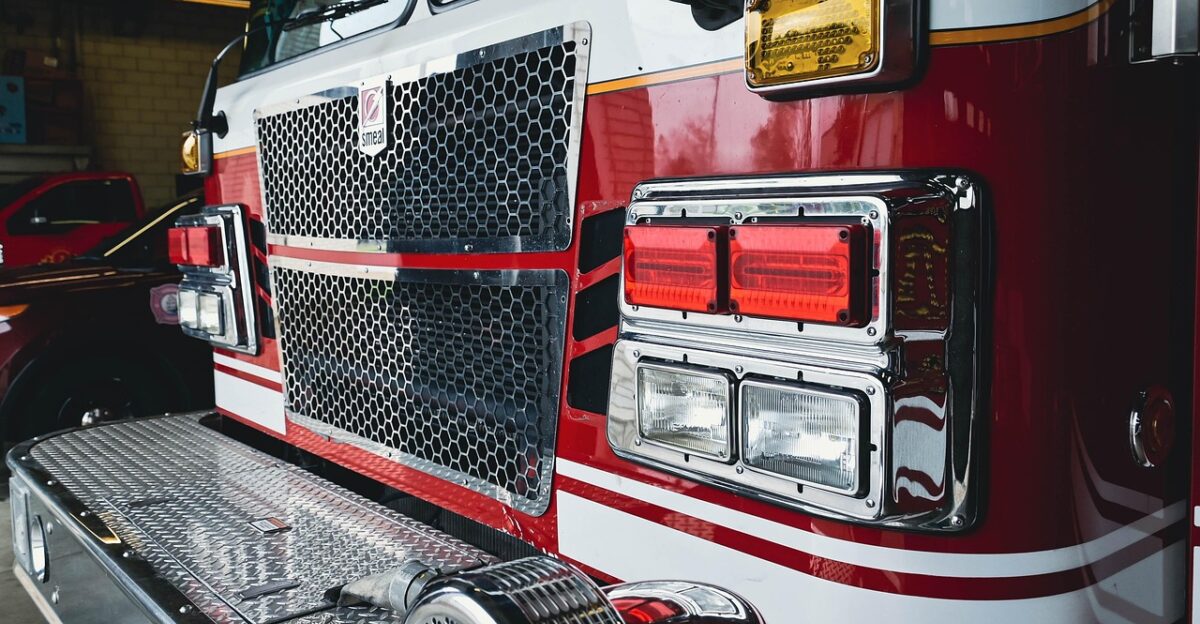
As far as everyday effects go, the swarm’s impact has been one of heightened awareness rather than actual damage. None of the quakes has been strong enough to break windows or topple chimneys — all have been tiny, at depths of one to three miles. USGS experts emphasize that the movements were “too small to be felt at the surface” and “would likely cause no damage”.
Still, the tremors have reminded residents of the region’s risks: local schools ran earthquake drills, and emergency managers reviewed evacuation plans, treating the event as a wake-up call for readiness.
Scientific Monitoring
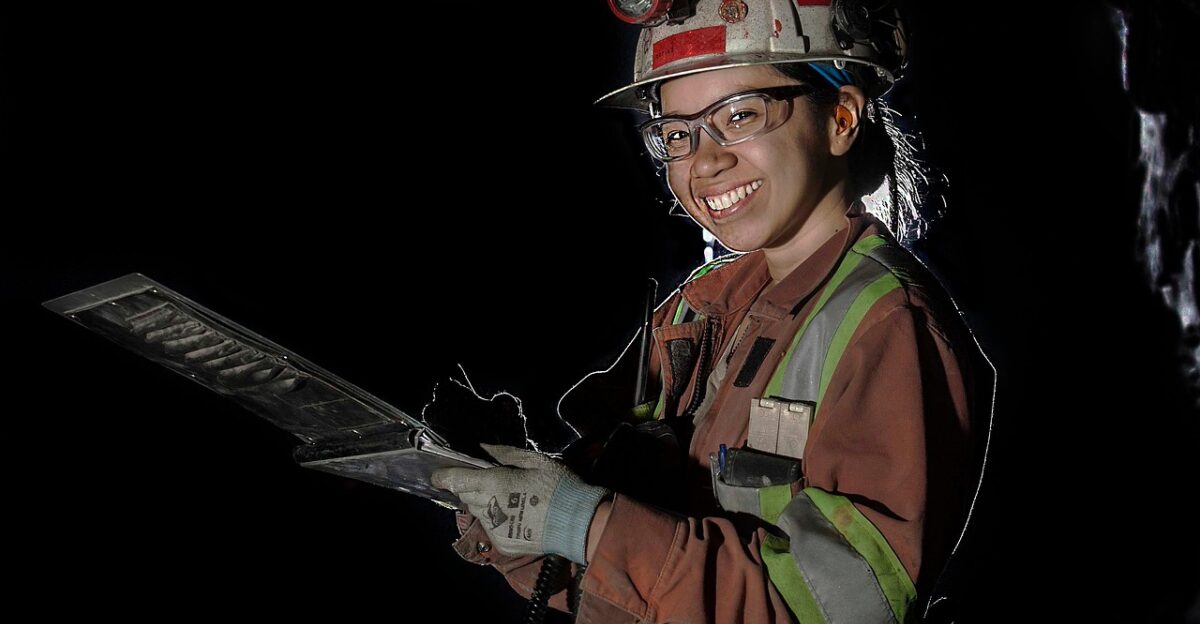
State and federal geologists have responded swiftly. The USGS Cascades Volcano Observatory deployed extra sensors to pinpoint the quakes’ locations, and its data feed is being watched closely. Seismologist Wes Thelen noted that at peak, the quake rate spiked to “about 26 events an hour, which is a pretty good event rate for a quiet volcano,” then tailed off by midweek.
Throughout, authorities have maintained that Mount Rainier’s alert status stays at green. Scientists stress that the pattern remains within normal background levels for this volcano.
Volcano Status
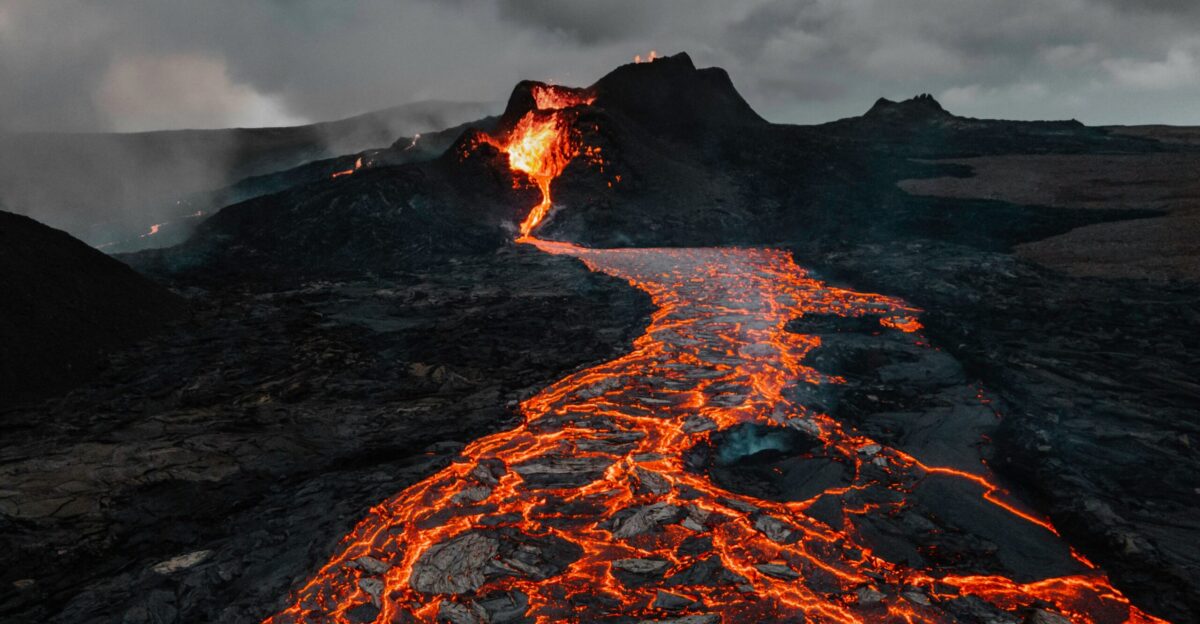
Despite media attention, experts continue to downplay the risk of an eruption. “There is no indication that the level of earthquake activity is cause for concern,” tweeted the USGS, and the volcano is showing “no signs of alarming activity”.
In fact, instruments on and around Rainier “do not show any detectable ground deformation”. All signs point to routine seismic noise, not rising magma. Local officials emphasize that life goes on as normal — hikers and residents are simply reminded to stay aware and prepared.
Government Response
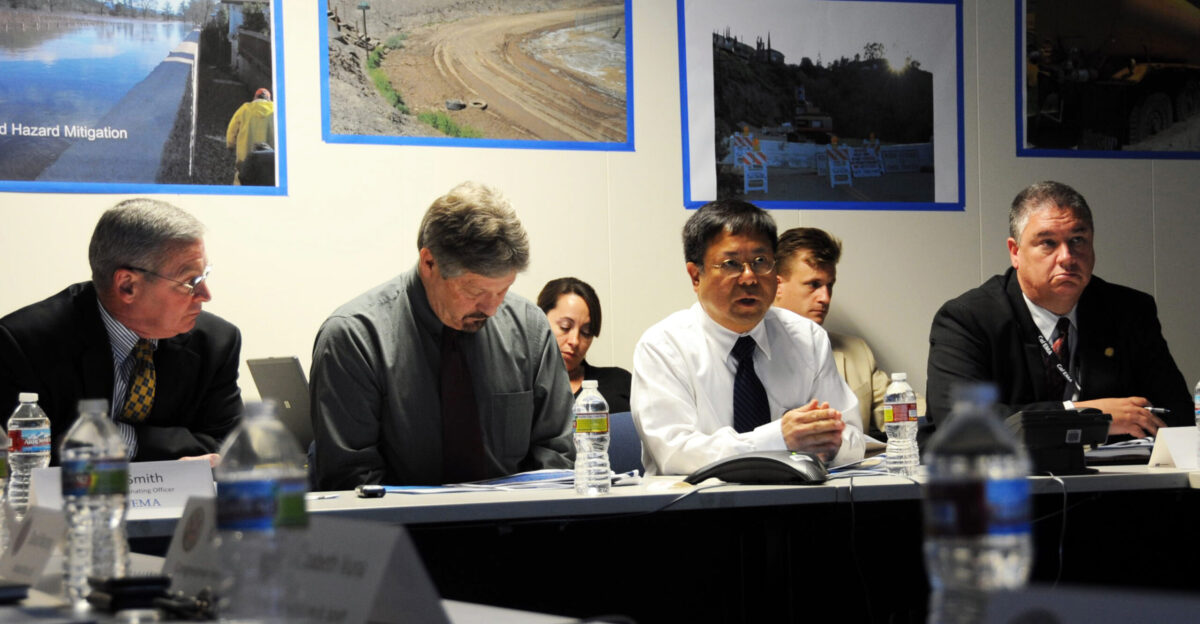
State officials note that Mount Rainier’s seismic activity is already well understood. The USGS stresses that swarms “typically occur 1-2 times per year” at Rainier, meaning the current episode, though large, fits known patterns. Washington legislators say this event underscores the importance of funding for earthquake preparedness.
Emergency managers in Olympia plan to review response plans in light of the swarm, but stress that existing protocols are sufficient. No new warnings have been issued, and no state of emergency has been declared.
Economic Effects

Economists and insurers say the earthquake swarm has virtually no direct economic impact. Utilities and transportation have reported no outages or delays. Local business leaders note that consumer activity and tourism bookings are holding steady: park lodges near Rainier say reservations remain at normal summer levels. “Climbing Rainier is what visitors plan for months,” one hotel manager said, “and these small shakes aren’t enough to cancel a trip.”
Outfitters are taking the event in stride, mostly reviewing safety procedures and informing clients about quake drills as a routine precaution.
Media and Public
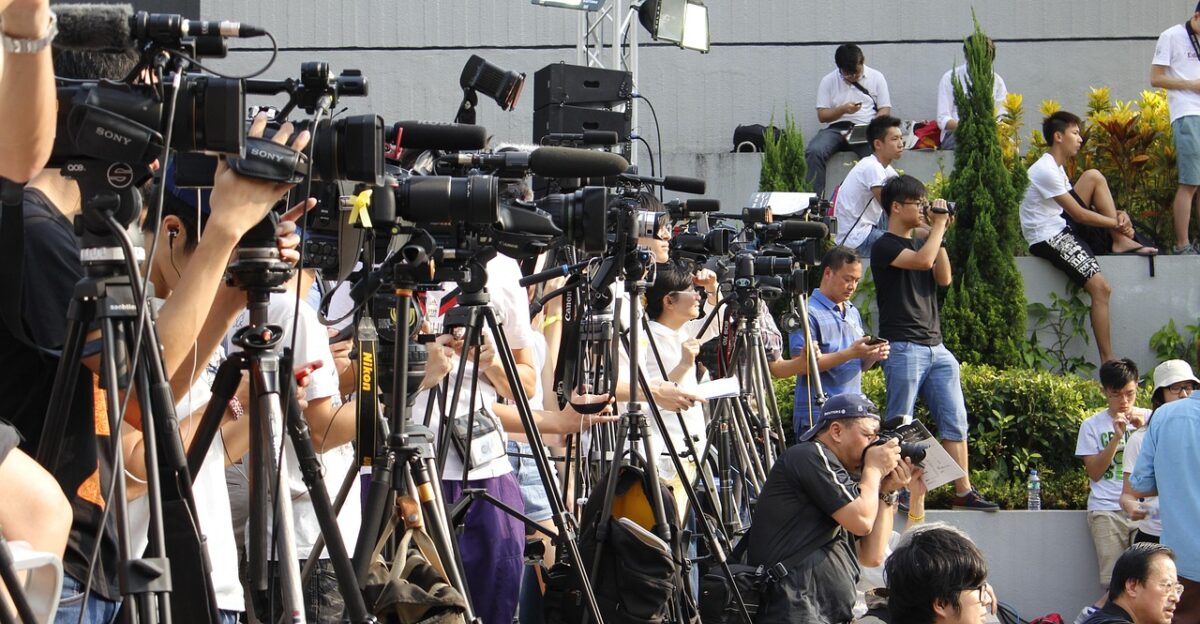
Media coverage of the swarm has blended facts with speculative headlines. CBS News noted that swarms “usually occur once or twice a year, but they are not usually comprised of so many earthquakes,” indicating that this event, while large, is still within normal patterns. Social media chatter ranged from scientific discussion to exaggeration, but experts have been quick to respond.
Volcanologists have reaffirmed that the tremors match typical background seismicity, and they emphasize that no eruption signals have been detected. So far, the widespread online buzz seems to have caused more excitement than actual concern on the ground.
What Residents Should Do
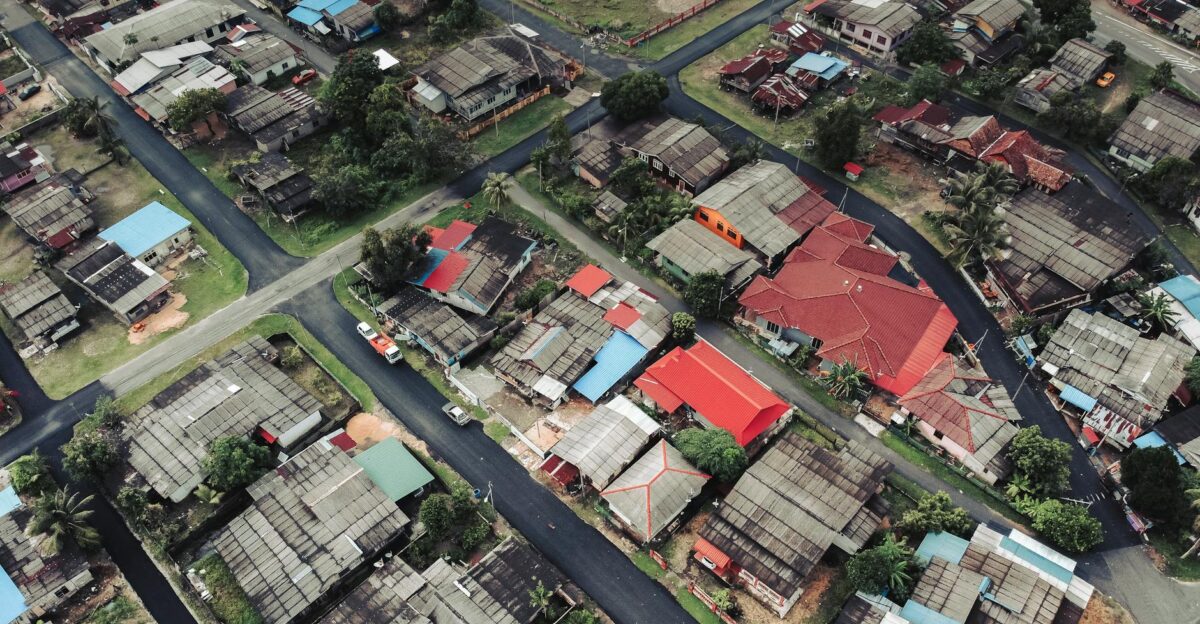
Residents and visitors should use this event as a reminder to stay prepared. Experts advise the usual earthquake safety steps: secure heavy furniture, practice “Drop, Cover, and Hold On,” and keep an emergency kit stocked with water, food and medicine. Sign up for local alerts — many state and county services offer emergency notifications by phone or app.
If you are on the mountain or planning to go, carry an emergency radio and know the park’s evacuation routes. Most importantly, review your family emergency plan and meeting spot so everyone knows what to do if shaking starts.
Looking Ahead
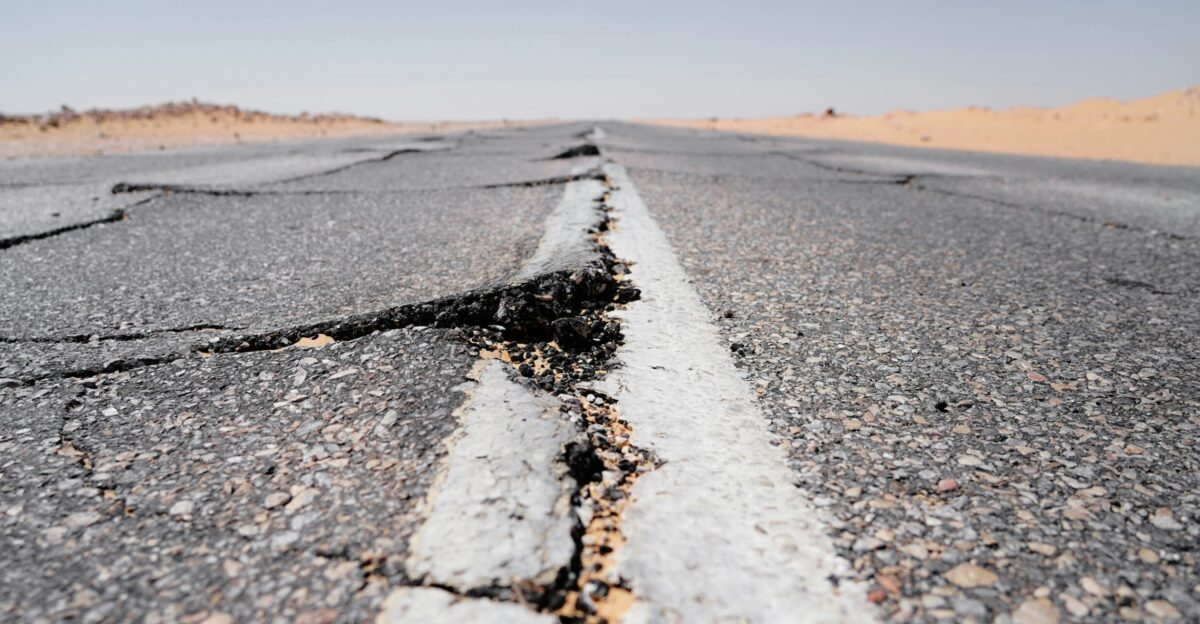
Mount Rainier’s earthquake swarm remains an evolving story with no clear end. Experts concede that “we don’t necessarily have a crystal ball to understand what is happening under there”, so they will continue to watch closely.
For now, the key message is one of cautious calm: this geologic activity is real, but so far it looks routine. As one report summarized, scientists have “determined there is no current threat of an eruption”. Living in the shadow of a volcano means staying informed and prepared — but as of this writing, no eruption appears imminent.







